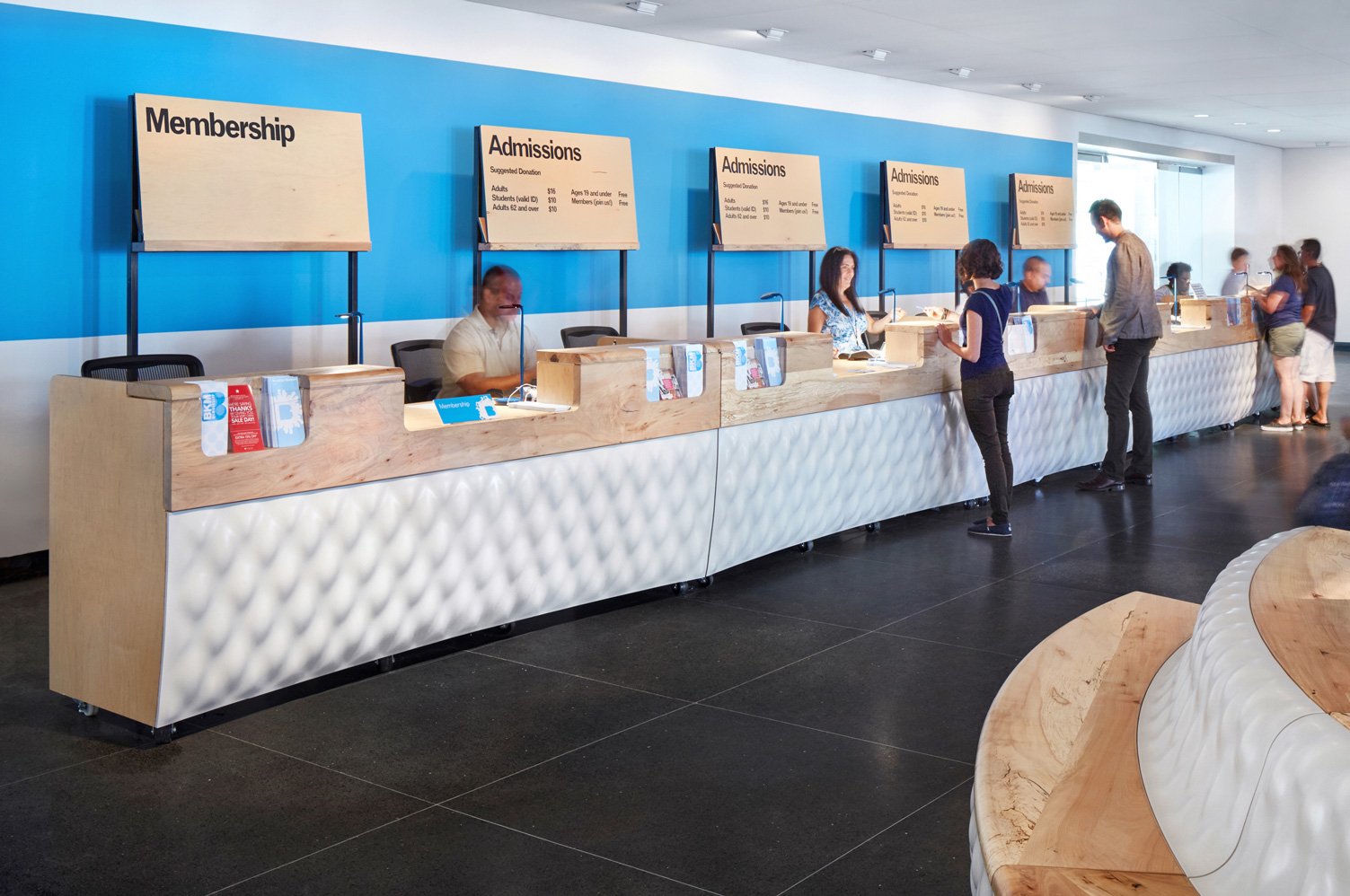
New data is shedding a harsh light on how hard New York City’s arts and culture has been hit by the pandemic.
Between December 2019 and December 2020, employment in the city’s arts, entertainment, and recreation sector plummeted 66 percent—the largest loss experienced by any sector of the local economy. Prior to the pandemic, arts and entertainment generated $7.4 billion in wages.
“The level of employment, the number of establishments, and total wages in the arts, entertainment and recreation sector had each expanded significantly over the past decade, growing at a much faster rate than for all sectors citywide,” notes a new report from the New York state comptroller’s office. “In March 2020, the response to the public health crisis forced the entire sector to close.”
Lockdown put an abrupt halt to the 42 percent growth that the arts, entertainment, and recreation economy had enjoyed since 2009. (Comparatively, private sector employment had a growth rate of just 30 percent.)
The impact was devastating for the 93,500 workers employed in arts, entertainment, and recreation, including the 14,300 jobs at museums, parks, and historic sites. (The sector also counted 31,000 self-employed individuals.)
Arts, Entertainment and Recreation Employment by Subsector. Image courtesy of the NYS Department of Labor; OSC analysis.
By April, only 34,100 of those workers retained their jobs. Even today, employment levels in the sector are less than half of what they were this time last year—the slowest recovery of any sector.
Many of the city’s museums instituted layoffs and furloughs, including the Tenement Museum, the Museum of Modern Art, the Brooklyn Museum, and the Metropolitan Museum of Art—which has shed 20 percent of its staff. Just this week, the Whitney Museum of American Art announced another round of job cuts.
The hardest-hit area for arts, entertainment, and recreation workers was the Chelsea / Clinton / Midtown Manhattan Business District, home not only to the bulk of the city’s art galleries, but to Broadway theaters, Madison Square Garden, and the Chelsea Piers recreation complex. It accounted for 46 of the sector’s job losses.
“Arts and recreation face an uphill climb to recover from the damage wrought,” the report states. “The challenges facing the arts and entertainment sector require direct and impactful support from policy makers to maintain the city’s extensive cultural offerings, while ensuring that public health remains a foremost priority until the pandemic has subsided.”
Arts, Entertainment and Recreation Employment, 2020. Image courtesy of the NYS Department of Labor; OSC analysis.
The report shows that museums, which have been permitted to reopen at reduced capacity, are doing better than performing arts and sports.
Arenas will be able to reopen with 10 percent of normal crowds at month’s end, but Broadway will remain shuttered until at least June, if not later, and the Metropolitan Opera and the New York City Ballet plan to stay closed until at least September. But even following reopening, attendance and revenue are expected to stay low due to reduced tourism.
“The state and city must work in coordination to provide establishments with clear and achievable milestones for reopening and enable the use of outdoor space to expand audiences,” the report concludes. “Together, they can facilitate the flow of federal relief and healthcare supplies to individuals and businesses in the sector while expanding access to the vaccine. A strong and vibrant New York City requires the full presence of the cultural and physical amenities residents and tourists enjoy, anticipate and expect.”